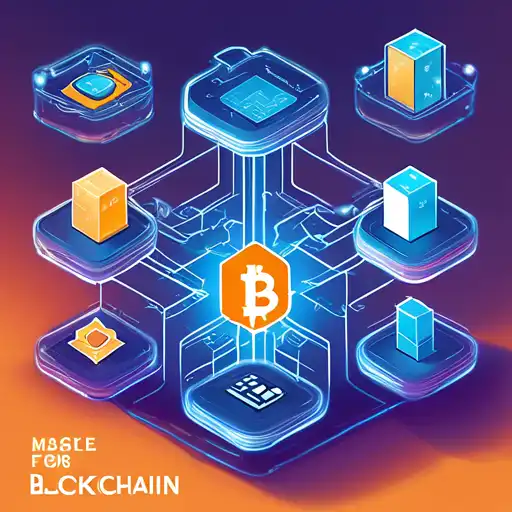What is Blockchain?
Blockchain technology is a digital ledger that records transactions across many computers in such a way that the registered transactions cannot be altered retroactively. This technology is the backbone of cryptocurrencies like Bitcoin, but its potential applications extend far beyond digital currencies.
How Does Blockchain Work?
At its core, blockchain is a chain of blocks, where each block contains a number of transactions. Every time a new transaction occurs, it is recorded in a block. Once a block is filled with transactions, it is added to the chain in a linear, chronological order. This process is secured through cryptography, making it nearly impossible to hack or cheat the system.
Benefits of Blockchain
Blockchain offers numerous benefits, including:
- Transparency: All transactions are visible to anyone within the network, ensuring transparency.
- Security: The decentralized nature of blockchain makes it highly secure against fraud and cyberattacks.
- Efficiency: Blockchain can streamline and automate processes, reducing the need for intermediaries.
Blockchain Beyond Cryptocurrency
While blockchain is synonymous with cryptocurrency, its applications are vast. Industries such as healthcare, finance, and supply chain management are exploring blockchain for solutions like secure patient records, faster cross-border payments, and transparent supply chains.
Getting Started with Blockchain
For beginners interested in blockchain, here are some steps to get started:
- Educate yourself on the basics of blockchain and cryptocurrency.
- Explore different blockchain platforms and cryptocurrencies.
- Consider investing in cryptocurrency or developing blockchain-based applications.
Blockchain technology is revolutionizing the way we think about digital transactions and data security. By understanding its fundamentals, you can be part of this transformative technology.
For more insights into digital currencies, check out our guide on Cryptocurrency Basics.
